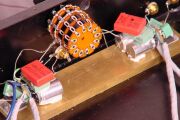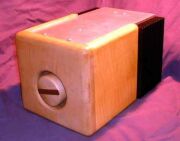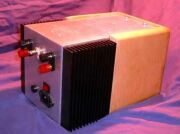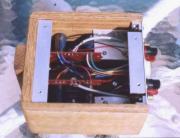Gallery page 2.
Gallery page 3.
Gallery page 4.
Gallery page 5.
Gallery page 6.
Gainclone Index.
The
Gainclone Gallery
Welcome to the Gainclone Gallery where I hope that pictures of various Gainclones (chip amps) will inspire others to have a go themselves!
Click on the pictures for a full-size version.


















Last update: 20th July 2004 - Copyright © 2003/4 Decibel Dungeon - Author Nick Whetstone